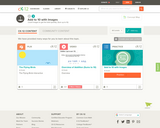
This course features a video review of addition up to the sum of ten for first graders.
- Subject:
- Mathematics
- Material Type:
- Lecture
- Provider:
- CK-12 Foundation
- Provider Set:
- CK-12 Elementary Math
- Date Added:
- 06/06/2019

This course features a video review of addition up to the sum of ten for first graders.
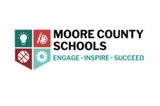
Students will learn about famous African American, Lonnie Johnson who invented the Super Soaker and overcame problems along the way. They will then be given the STEM process to invent/create a miniature toy. Students will learn about the life of a famous African American, and then apply the STEM process to solve a problem just like Lonnie Johnson.
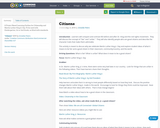
A Project Based Learning Outline for Citizenship and Martin Luther King Jr. Day. To be used with Kindergarten, 1st or 2nd Grade, as fitted with standards.
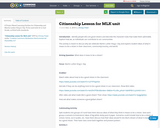
A Project Based Learning Outline for Citizenship and Martin Luther King Jr. Day. To be used with 1st or 2nd Grade, as fitted with standards.
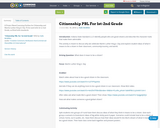
A Project Based Learning Outline for Citizenship and Martin Luther King Jr. Day. To be used with 1st or 2nd Grade, as fitted with standards.
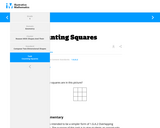
In this task, students are presented shown a square with nine blocks inside. Students are asked to tell the number of squares there are in the picture.

This assessment incorporates the book, Eating Fractions by Bruce McMillan. Students create shapes with dough/clay and physically divide the shapes into equal parts.

Students make a square on a geoboard, draw the square on geoboard paper, and cut it out. Then students make a square that is bigger or smaller than their first square, draw it on geoboard paper, and cut it out. Students continue to see how many different sized squares they can make and draw. Lastly, students paste all of their different sized squares onto a sheet of paper in order from smallest to largest.
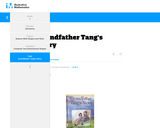
This task is an interesting way to have student practice making designs with pattern blocks. Students listen to "Grandfather Tang’s Story". After the story, students select animals from the story to make with the tangrams. A worksheet is provided to show the tangram animals that students can make.
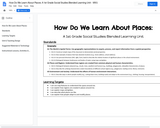
This Blended Learning Unit is designed to intentionally integrate technology into each lesson while maintaining the integrity of a Social Studies unit created by Oakland Schools, Unit 3: How Do We Learn About Places. The 30-45 minute lessons are structured so the classroom teacher can balance whole group instruction (Face to Face) with technology (Online) to enhance or provide new learning. Academic Vocabulary is a school initiative in the district this unit was created for, so this is also integrated throughout the unit. This blended unit was designed for students to use individual iPads, but other devices could be used as well.
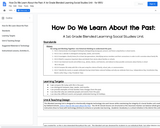
This Blended Learning Unit about how we learn about the past is designed to intentionally integrate technology into each lesson while maintaining the integrity of a Social Studies unit created by Oakland Schools, Unit 4: How Do We Learn About the Past. The 30-45 minute lessons are structured so the classroom teacher can balance whole group instruction (Face to Face) with technology (Online) to enhance or provide new learning. Academic Vocabulary is a school initiative in the district this unit was created for, so this is also integrated throughout the unit. This blended unit was also designed for students to use individual iPads, but other devices could be used as well.
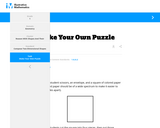
In this task, students are given an opportunity to practice composing and decomposing shapes by creating their own puzzle. Students are given a square colored sheet of paper and an envelope. Students cut the square into four pieces and place the pieces in an envelope. Next, students trade puzzles and try to solve each other’s puzzles by reassembling the shapes into a square.
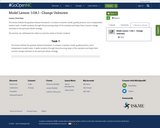
This lesson follows the gradual release framework. It contains a teacher model, guided practice, and 2 independent student tasks. It walks students through the processing steps of the standard and helps them connect change unknown to the part-part-whole strategy. The teacher can add/tweak the slides to meet the needs of his/her students.

This is a Social Studies Unit for 1st Grade. It supports students' comprehension of why national holidays are celebrated (Constitution Day, Independence Day, Martin Luther King, Jr., Memorial Day, Presidents’ Day, etc.)
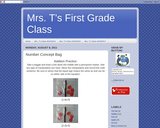
This is a teacher resource that shows activities for students to decompose numbers less than or equal to 10 into pairs in more than one way, e.g., by using objects or drawings, and record each decomposition by a drawing or equation (e.g., 5 = 2 + 3 and 5 = 4 + 1).
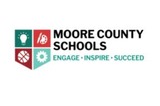
Can you create a free standing castle using the given materials that will withstand the dragon’s fire?
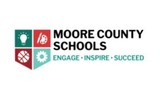
Students can work collaboratively in small groups of 3-4 students for this engineering design unit that integrates literacy to explore forces and motion (pushes or pulls). Students will design a way to safely keep bunnies out of a garden.

Students create two identical shapes, draw and write about the new shape they made. They add another shape to the first shape they made and draw and name the shapes. A word bank is provided to assist students with names of shapes as well as an example of how to make, draw, and write about the shapes.
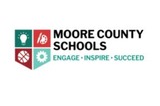
Students can work in pairs or solo, if you want to let them take them home afterwards, to design/make a birdhouse from recycled materials. The students will use their knowledge of what animals need for survival as well as information regarding recycling and helping the environment
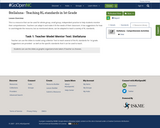
This is a resource that can be used for whole group, small group, independent practice to help students monitor their comprehension. Teachers can adapt it and make it fit the needs of their classroom. It has suggestions for how to use/integrate the resource, but as mentioned above, can be adapted to teach a variety of RL standards.